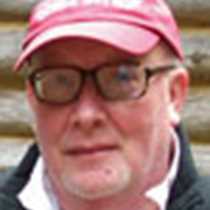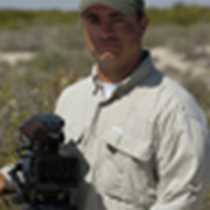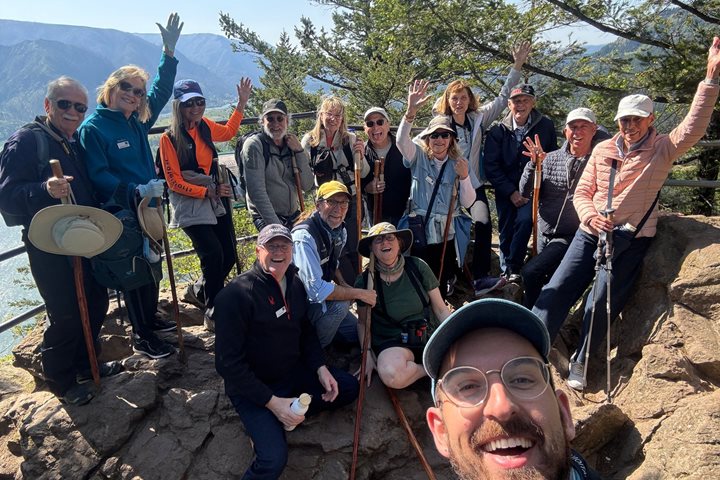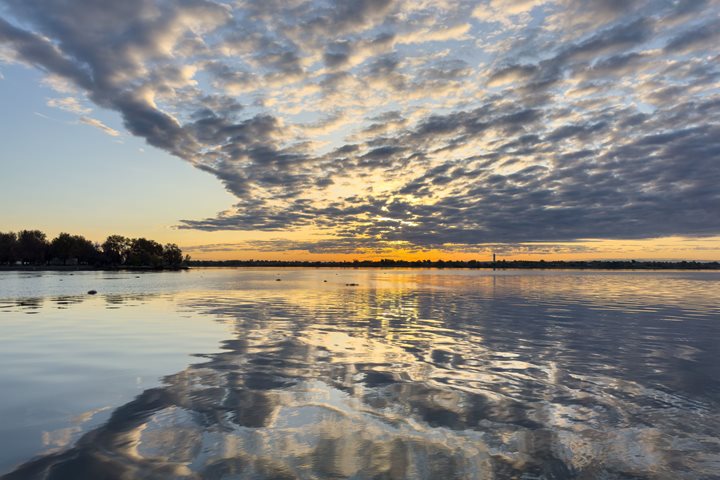Lewis and Clark arrived in the Astoria area Nov. 27th, 1805 at Tongue point, so named by George Vancouver in the fall of 1792, just a few months after Captain Robert Gray sailed into the Columbia River estuary. Captain Gray’s historic event secured the Columbia River watershed for the United States and in June of 1803 President Thomas Jefferson purchased the Louisiana Territory, doubling the size of America. On November 7, 1805 the Corps of Discovery arrived at a place called Pillar Rock, just a day away from the Pacific Ocean. In 1811, a close friend of Jefferson’s by the name of John Jacob Astor, sent out on expedition to set up the Pacific Fur Trade Company at the mouth of the Columbia River near the Pacific Ocean. The trading company known as Fort Astoria soon morphed into the town of Astoria, named, of course, for John Jacob Astor. The earliest pioneers arrived in 1834 and by the 1880’s the railroad had come to town.
Astoria never lost its historical significance: after WWII the estuary became a holding place for hundreds of Liberty Ships, some which were destined for scrap iron, purchased by other countries, or sent to maritime museums around the country.
Today we arrived in Astoria under cloudy skies, occasional rain, choppy water, and in good spirits. Lewis and Clark’s journey to the Pacific Coast had been long and arduous and on November 7, just a few short miles from their ultimate destination, Captain William Clark writes in his journal, “Ocian in view ! O the joy. Great Joy in camp we are in View of the Ocian, this great Pacific Ocian which we have been So long anxious to See.”
However, Mother Nature decided to send the Expedition an unwanted gift: six consecutive winter storms. From November 7 until November 27, the Corps of Discovery was battered by these coastal storms, stranded on cliffs sides and drift logs with nowhere to escape. As always, the Corps put names on the places where they “camped,” such as Cape Swell, Drift Log Camp, the Dismal Nitch, and the Blustering Point. Once arriving at Tongue Point on the Or-e-gon side of the Great Columbia River, Clark and the bulk of the men (along with Sacajawea, Charbonneau, and Pompey) settled down at their base camp, while Captain Lewis and four men set off to find a “suitable situation” for their winter fort. They would name this fort after the local Indians, Fort Clatsop.
By December 7, the fort site was secured, the first trees were harvested and Fort Clatsop was completed by December 31. The New Year was celebrated and the Corps hunkered down to spend a long, dreary winter on the Pacific Coast in a temperate rain forest; lucky them!
Like the Corps of Discovery, our activities varied: we visited Fort Clatsop in the morning along with the Columbia River Maritime Museum, followed by Cape Disappointment and Waikiki Beach in the afternoon. By March 23, 1806, Captain Lewis decided the men had had enough and it was time for the return journey to St. Louis. Upon their departure, Clark wrote “…at this place…we can Say that we never one day without 3 meals of Some kind and have lived as well as we had any right to expect…”









